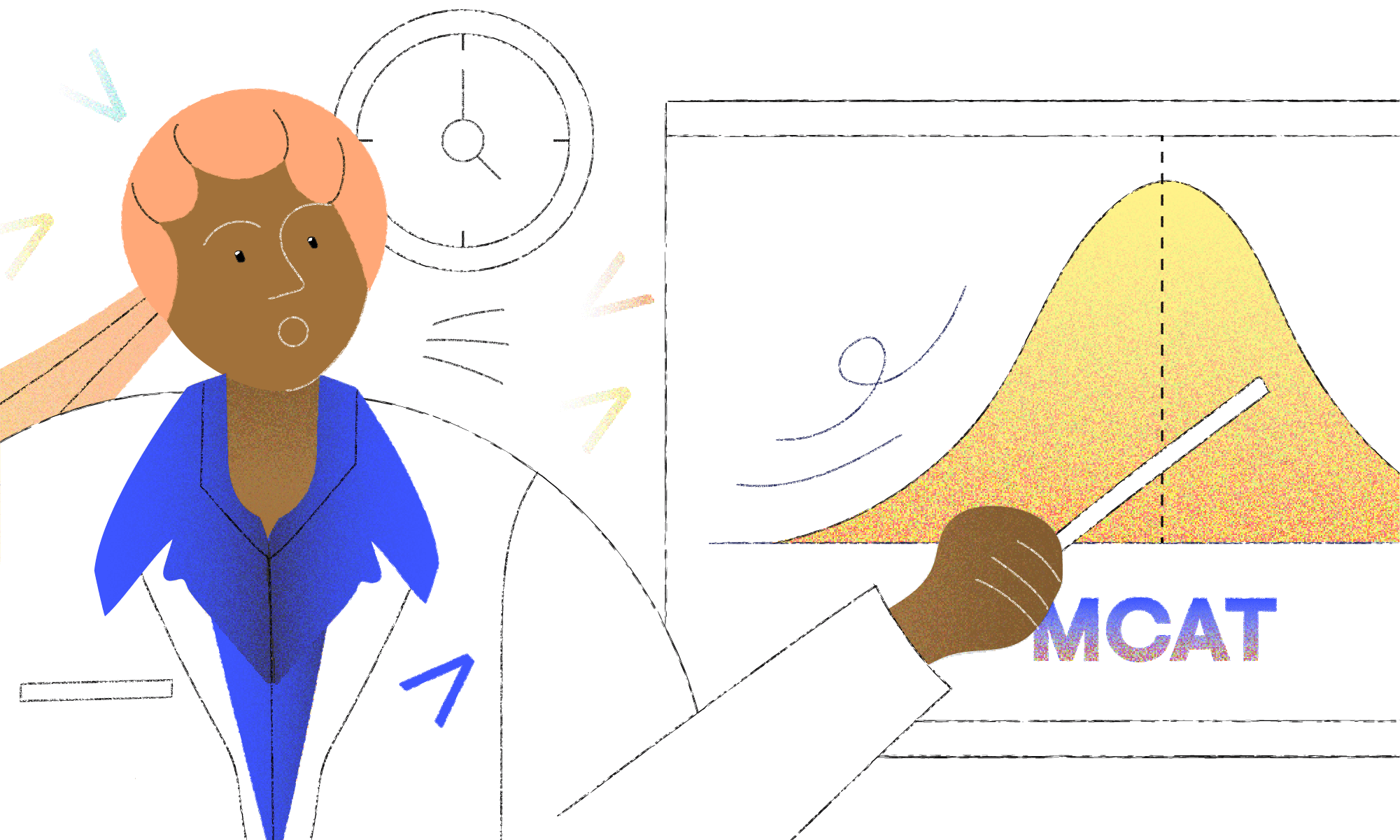
How Many Recommendation Letters Do You Need for Med School?
Regarding the medical school application process, aspiring doctors face various challenges, from preparing for the Medical College Admission Test (MCAT) to crafting compelling personal statements. Among these challenges is the task of obtaining recommendation letters. But just how many recommendation letters do you need for medical school?
This comprehensive guide will explore the nuances of recommendation letter requirements, offering valuable insights to help you confidently navigate this aspect of your med school application.
The Number of Letters and Recommended Sources:
While there may be flexibility in the number of recommendation letters accepted by medical schools, it is generally recommended to be at most five or six. Adhering to this range allows you to curate a selection of letters that genuinely highlight your strengths and experiences while accommodating specific school requirements. To ensure a comprehensive representation of your abilities, aim to include the following types of recommenders:
1. Science Professor
Choose a professor who taught you a science course (e.g., Biology, Chemistry, Physics) and assign you a letter grade. This letter serves to demonstrate your academic prowess and mastery of scientific concepts.
2. Extracurricular Observer
Seek a recommendation from someone who has observed you in a relevant extracurricular activity, such as volunteering in an ambulance company or working alongside a charge nurse in an emergency department. This letter showcases your dedication and hands-on experience in healthcare-related settings.
3. Non-Science Faculty Member
Request a letter from a faculty member outside of the science discipline, ideally from a class where you received a letter grade. This letter adds diversity to your recommendation pool and highlights your well-rounded academic abilities.
4. Professional, Preferably a Physician
Approach a professional, preferably a physician, who has had the opportunity to observe you providing patient care. This letter underscores your interpersonal skills, clinical aptitude, and potential as a future healthcare provider.
Remember that a single recommendation letter can fulfill multiple criteria. For instance, a professor who is also a physician with whom you have volunteered outside of class can satisfy both the science professor and professional categories as long as the letters collectively encompass the mentioned criteria. Having as few as four recommendation letters can be sufficient.
The Process of Sending Recommendation Letters
The process of sending recommendation letters may vary depending on the application service utilized. The American Medical College Application Service (AMCAS) allows applicants to choose individual letters to send to each school. On the other hand, the American Association of Colleges of Osteopathic Medicine Application Service (AACOMAS) and Texas Medical & Dental Schools Application Service (TMDSAS) do not offer this option. It is recommended to select recommenders who can specifically attest to your “Most Meaningful Experiences” and request their letters in person whenever possible to foster effective communication and ensure a comprehensive portrayal of your capabilities. In cases where email communication is necessary, proactively anticipate and address potential questions.
Consider School-Specific Requirements
Nontraditional applicants should know that certain medical schools may relax their recommendation letter requirements. However, these exceptions are highly school-specific, and nontraditional applicants should enroll in science courses to obtain more recent professor recommendations. Aim to establish connections with science faculty members and professors within the past three years. Regardless of your applicant status, ensure that your selection of individual letters encompasses the six categories mentioned earlier to provide a holistic representation of your capabilities.

The Importance of Timing
Timing is pivotal in the recommendation letter process, as it does throughout the application journey. Requesting letters of recommendation from potential writers at least 2-3 months before submitting your primary application is recommended. This timeline allows recommenders ample time to craft well-constructed letters while sparing you from the frenzy of last-minute requests in May.
Following up with recommenders as needed is crucial, and ensuring all letters are submitted by the end of June is vital. While letters can be submitted later, it is essential to ensure they complete the submission of your secondary application. By offering all your notes in June, you can alleviate unnecessary anxiety and maintain an organized application timeline.
Lastly, if a medical school requests a committee letter and your institution offers this service, it is advisable to opt for it. Choosing not to do so may raise questions and uncertainties among admissions committees. For further guidance and information on medical school admissions, do not hesitate to contact our team of expert consultants.
Conclusion:
The number of recommendation letters you need for med school may vary, but selecting a thoughtful and diverse group of recommenders is critical. You can paint a complete and compelling picture of your abilities by adhering to school-specific requirements, including letters from science professors, non-science faculty members, and professionals who have observed your patient care experiences.
As you navigate the process of submitting recommendation letters, be aware of the guidelines set by different application services. Whether it’s the flexibility of choosing individual letters or the need to anticipate potential questions, stay organized and proactive to ensure a seamless submission.
Now, armed with the power of recommendation letters, you can confidently present yourself as an exceptional candidate for medical schools. Remember, these letters are a testament to your achievements and an opportunity to showcase your unique qualities and potential as a future healthcare professional. For expert help plus free resources, you can visit the official Medic Mind website.
Related Articles
- Public vs Private Medical School
- How to Get Clinical Experience for Med School?
- How to Apply for AAMC Fee Assistance Program?
- How to Write Secondary Essays for Medical School?
- Medical School Loans
FAQ
→ Q1: Can I submit more than the recommended number of recommendation letters?
A: While some medical schools may allow additional letters, it’s generally advisable to adhere to the recommended number, typically five or six. Submitting excessive letters may overwhelm admissions committees and dilute the impact of your most robust recommendations.
→ Q2: Can I submit letters from non-academic recommenders?
A: Yes, some medical schools accept recommendation letters from non-academic sources, such as employers, volunteer coordinators, or mentors. However, it’s crucial to carefully review the specific requirements of each school you’re applying to, as some may prioritize academic recommendations.
→ Q3: Can I submit letters from personal acquaintances or family friends?
A: It’s generally best to only submit recommendation letters from personal acquaintances or family friends if they can speak specifically to your qualifications as a prospective medical student. Admissions committees typically value letters from individuals who have had a professional or academic relationship with you.
→ Q4: Are anonymous recommendation letters accepted?
A: Medical schools typically require recommendation letters to be signed and on official letterhead to ensure their authenticity. Anonymous letters are generally only accepted if they have the credibility necessary for the admissions process.




Was this article helpful?
Still got a question? Leave a comment